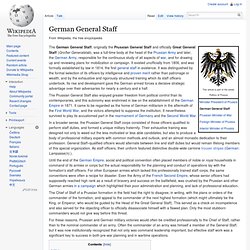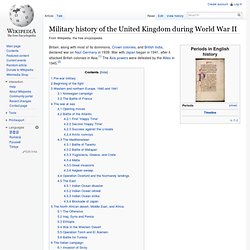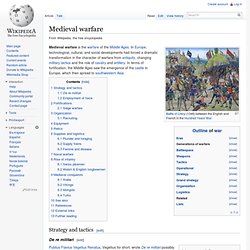

Let’s Use Helicopter Cavalry. Let’s Use Helicopter CavalrySwooping in suddenly, helitroopers on powerful “sky horses” could wreak havoc with enemy troops.By Frank TinsleySCATTERED along the western slope of the Asiatic coastal range, the copter troopers and their mounts cluster in little groups as the rising sun climbs behind them.

The jump-off moment is fast approaching. Within minutes, the sun will burst blindingly above them to cover their westward assault.The first elements of the blitz landing—submarine-borne marines —had hit the enemy coast only three days ago, seized the controlling crests and passes of the coastal hills in bloody fighting, well covered by massive flights of water-borne jet fighters.On the second day, the supporting units of army troops arrived. They came in widely dispersed waves of huge, A-powered flying-boats that landed beyond the breakers and nosed ashore to land men, machines and supplies. Military Factory - Military Weapons: Cataloging aircraft, tanks, vehicles, artillery, ships and guns through history. Command hierarchy. A command hierarchy is a group of people dedicated to carrying out orders "from the top", that is, of authority.

It is part of a power structure: usually seen as the most vulnerable and also the most powerful part of it. Sociology[edit] In sociology it is seen as the most visible element of a power network, which itself usually organizes many social networks. The entire network has social capital which is mobilized in response to the orders that move through the hierarchy - and closely controlled. This leads to the phrase command and control. Secret Projects Forum - Index. German General Staff. The German General Staff, originally the Prussian General Staff and officially Great General Staff (Großer Generalstab), was a full-time body at the head of the Prussian Army and later, the German Army, responsible for the continuous study of all aspects of war, and for drawing up and reviewing plans for mobilization or campaign.

It existed unofficially from 1806, and was formally established by law in 1814, the first general staff in existence. It was distinguished by the formal selection of its officers by intelligence and proven merit rather than patronage or wealth, and by the exhaustive and rigorously structured training which its staff officers undertook. Its rise and development gave the German armed forces a decisive strategic advantage over their adversaries for nearly a century and a half.
In a broader sense, the Prussian General Staff corps consisted of those officers qualified to perform staff duties, and formed a unique military fraternity. Imperial War Museum Collection.
Delta Force. 1st Special Forces Operational Detachment-Delta (1st SFOD-D), popularly known as Delta Force, is a U.S.

Army component of Joint Special Operations Command. It was formerly listed as the Combat Applications Group (CAG) by the Department of Defense[2] but some claim it has been re-designated the Army Compartmented Elements (ACE)[citation needed]. While 1st SFOD-D is administratively supported by USASOC, it falls under the operational control of the Joint Special Operations Command. Delta Force and its Navy counterpart, the Naval Special Warfare Development Group, are the United States military's primary counter-terrorism units. It is often referred to in the U.S. media as a Special Mission Unit.[3][4][5][6] The Central Intelligence Agency's highly secretive Special Activities Division (SAD) and more specifically its elite Special Operations Group (SOG) often works with – and recruits – operators from Delta Force.[8] History[edit] 1st SFOD-D operators in Panama, 1989.
Recruitment[edit] Military history of the United Kingdom during World War II. Britain, along with most of its dominions, Crown colonies, and British India, declared war on Nazi Germany in 1939.

War with Japan began in 1941, after it attacked British colonies in Asia.[1] The Axis powers were defeated by the Allies in 1945.[2] Pre-war military[edit] Although Britain had increased military spending and funding prior to 1939 in response to the increasing strength of Nazi Germany, its forces were still weak by comparison – especially the British Army. Medieval warfare. Medieval warfare is the warfare of the Middle Ages.

In Europe, technological, cultural, and social developments had forced a dramatic transformation in the character of warfare from antiquity, changing military tactics and the role of cavalry and artillery. In terms of fortification, the Middle Ages saw the emergence of the castle in Europe, which then spread to southwestern Asia. Strategy and tactics[edit] De re militari[edit] si vis pacem, para bellum If you want peace, prepare for war Vegetius, De re militari, preface to book 3.[1] Publius Flavius Vegetius Renatus, Vegetius for short, wrote De re militari possibly in the late 4th century.[2] Described by historian Walter Goffart as "the bible of warfare throughout the Middle Ages", De re militari was widely distributed through the Latin West.
Employment of force[edit] The experience level and tactical maneuvering ability of Medieval armies varied depending on the period and region. Axis History Forum. World War II Database: Your WW2 History Reference Destination.